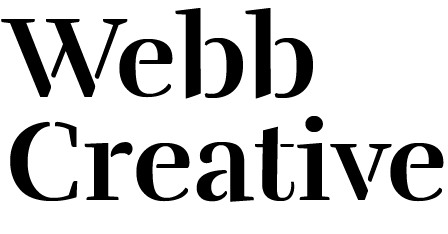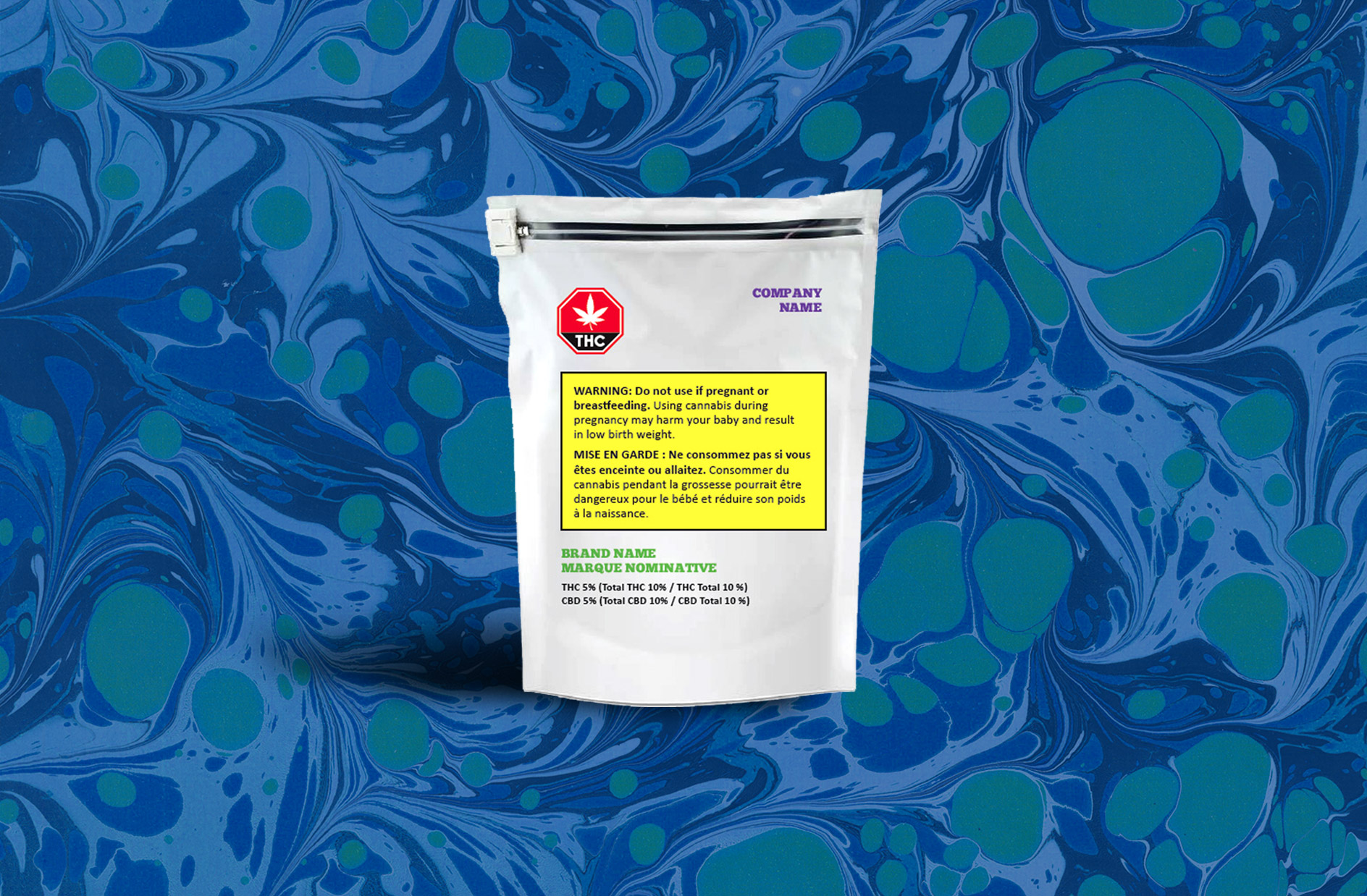
Back in the spring of 2016 we published an overview of Canadian cannabis branding, and forecast some of the ways the industry might develop in the future. Fast-forward two years later, and the entire landscape of cannabis in Canada has changed. We have more than double the number of licensed producers (LPs), a plethora of new brands, and a proposed framework for packaging and promotion. Not all of these developments are entirely positive from a design or marketing perspective, but we’ll get to that shortly. We’ll take you through the top 5 trends in Canadian cannabis branding, discuss the proposed packaging regulations, and explore how some companies are getting creative with cannabis promotion and advertising.

BRANDING
Before we begin, a little context would probably be helpful. Under Canada’s current medical cannabis legislation (the ACMPR) very little is required of cannabis packaging other than it be child-proof. There are no limitations on branding or labelling, no warning labels or icons, and opaque containers are not required. This is the situation all medical cannabis brands have been operating under in Canada since 2001.
In our last post we identified two trends among the medical cannabis brands then available: Medicinal Branding and Craft Branding. At the time the vast majority of LP brands fell into the Medicinal category, with only Tweed and Hydropothecary standing out as ‘craft focused’. Those two brands share very little in common, but in 2016 the bar was so low that simply having a well-applied actual brand qualified you as ‘craft’.
With adult-use legalization expected to pass ‘during the summer of 2018’, many established and emerging LPs are opting for more lifestyle-oriented branding, and we’re already beginning to see some distinct niches emerge. Here are our top 5 trends in cannabis branding in Canada.
1. Premium
Since 2016, one of the major developments in the LP branding space has been the emergence of ‘premium’ or ‘luxury’ cannabis brands. Now that the marketplace has matured, Hydropothecary has fully established itself as a luxury brand, drawing heavily on the graphic language of cosmetics and beauty products. More recently, DOJA has been building a premium brand that celebrates the refinement of their Okanagan growing facilities while also being at the cutting edge of cannabis culture and de-stigmatization.

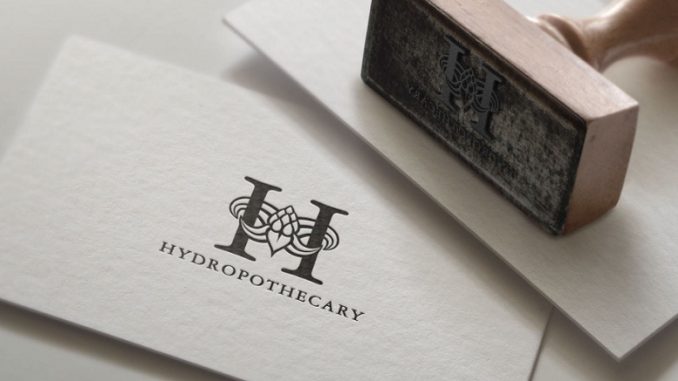

2. Craft
Tweed continues to employ a pseudo-indie aesthetic, and has doubled down on the concept of ‘craft’. This is somewhat ironic, as Tweed has become an umbrella brand under which a number of sub-brands are sold (via tweedmainstreet.com and soon at Tweed Main Street retail stores). A number of cannabis cultivation sub-brands have also been created, Tweed Farms and Tweed Grasslands, and both extend the handmade feel of the original brand. More recently, Broken Coast Cannabis has re-launched their brand highlighting craft, quality, and their deep roots in the British Columbia cannabis world. Often considered Canada’s premiere licensed producer, Broken Coast’s branding reflects the care and attention their products have become known for. And, full disclosure, Webb Creative was responsible for the whole thing.


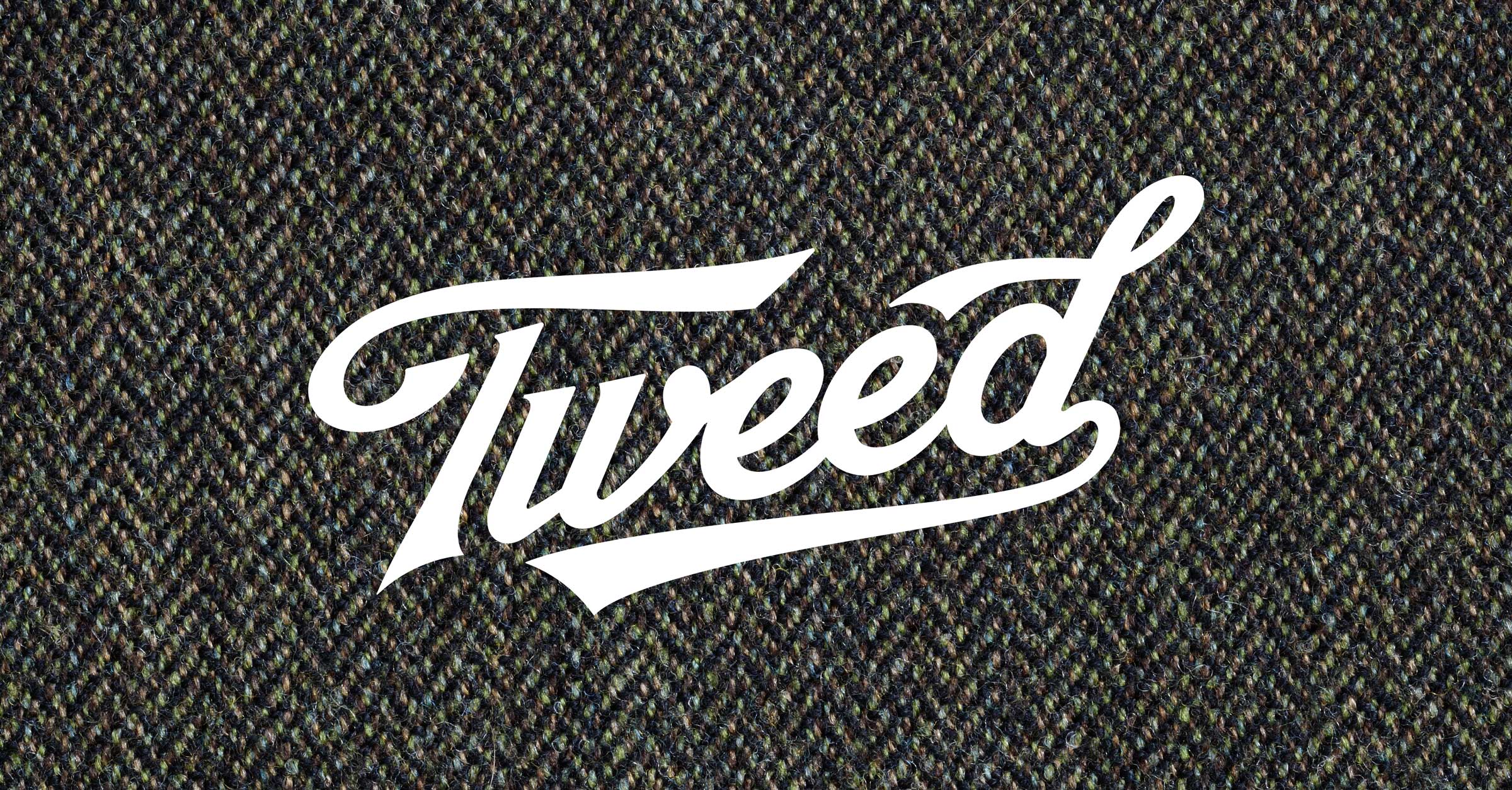

3. Feminine
Women are expected to make up a significant percentage of new cannabis users, and a few LPs have created brands divided along gender lines. The earliest example in Canada may actually be Hydropothecary, with their fashion-eque monochrome colour usage and ribbon-tied packaging. Less blatantly targeted towards women than some newer adult-use brands, Hydropothecary’s extensive use of health & beauty-esque imagery has always been far more ‘feminine’ than their competition.
VanDerPop, a cannabis brand started by and for women in Seattle, has begun offering a selection of branded medical strains through WeedMD. VanDerPop is currently the most established and active brand explicitly operating in this space. Their website features stories, advice, and sex tips much like a blog or magazine, all presented from the perspective of cannabis enthusiasts.
As more adult-use brands appear, ‘feminine’ branding is becoming a recurring theme. First to launch was Aphria’s Solei. Nope, that’s not a typo, they dropped the “L”. Using a very ‘of-the-moment’ brush script, watercolour sun and gold leaf, Solei is attempting to make cannabis seem as approachable as possible by using a graphic language familiar to their intended audience (for lack of a better term, let’s call it “Blogger Chic”). Irisa, (Tilray/High Park), is quite blatant in their appeal to women, and invites the ‘modern woman’ to ‘celebrate wellness + discovery” via their products. Interestingly, Irisa and Solei both use extremely similar overlapping circular shapes prominently in their brands.
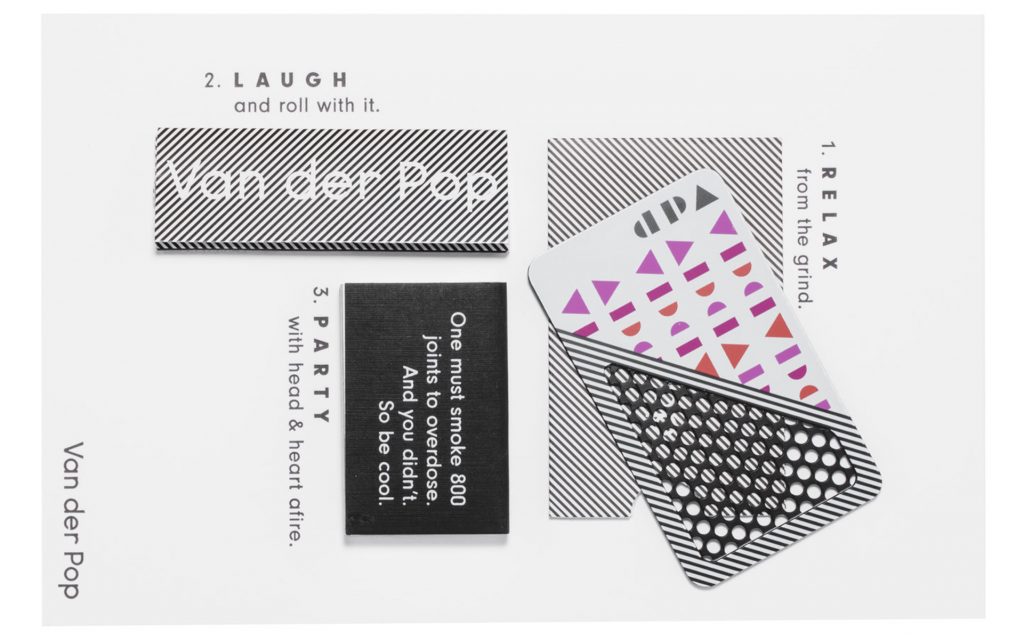


4. Music
Not surprisingly for a substance traditionally identified with music and counterculture, some LPs are tying their adult-use brands directly to musical institutions. Canopy Growth was the first to go this route when they began distributing Snoop Dogg’s Leafs by Snoop in Canada, and since then similar deals have been struck between UP Cannabis and the Tragically Hip, and Medreleaf and the Woodstock brand. Interestingly, as endorsements are actually forbidden by the proposed regulations, in order to create these relationships LPs have had to appoint celebrities to their board of directors or offer them a percentage of ownership. As a result, not only does Gene Simmons now endorse Invictus, he’s also their “Chief Evangelist Officer”.
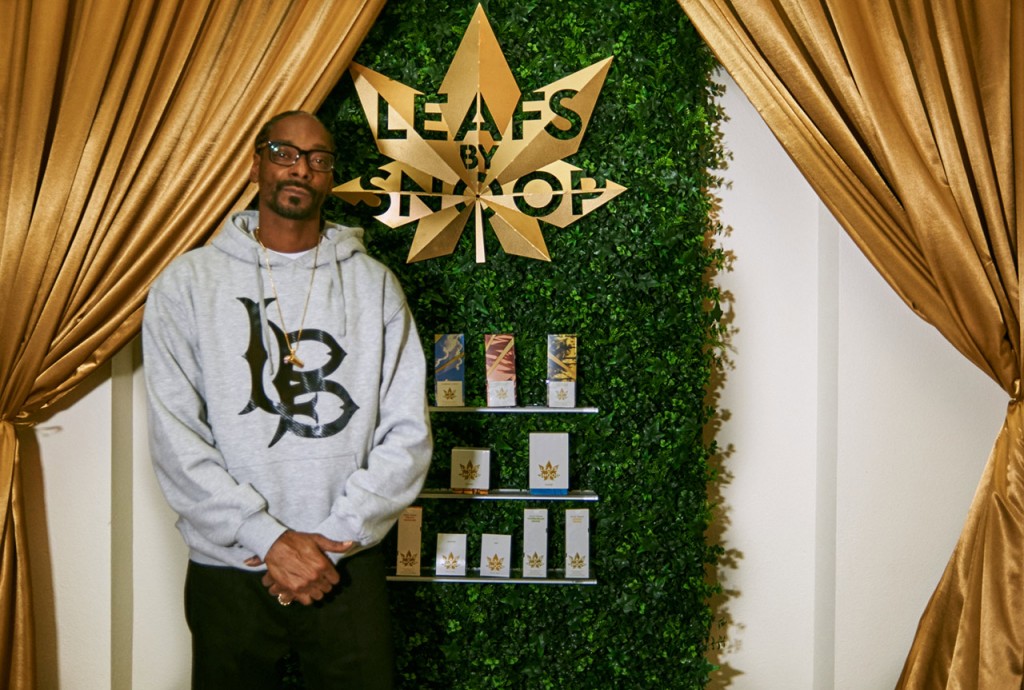
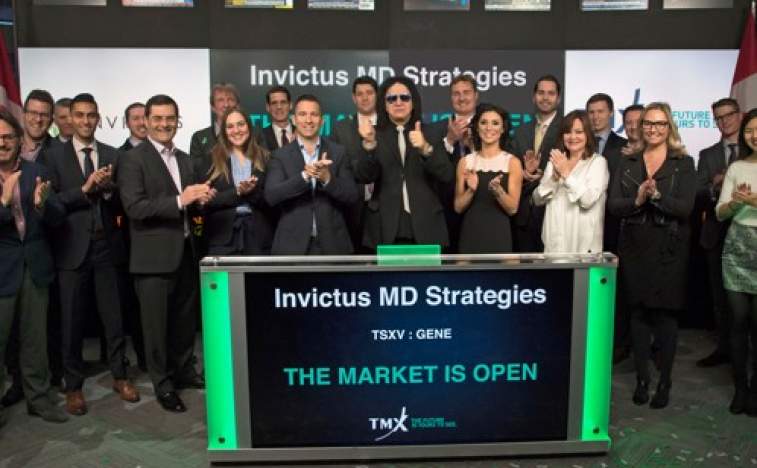

5. 420
With so many LPs taking a ‘new’ approach to cannabis branding it was inevitable that, rather than trying to recast cannabis in a new light, some are revelling in the mythology of the past. Medreleaf’s San Rafael ‘71 is named after the California high school where the 4:20 smoking tradition is said to have started. Their logo uses a vintage-feeling script, and the initial marketing push features imagery of live music, surfing, and other ‘laid back’ activities. CHOOM, an LP applicant/retail company, is named after the ‘Choom gang’, a group of Hawaiian students (including former American President Barack Obama) who, among other things, shared a love of cannabis. The CHOOM brand borrows heavily from surf branding, and a general Hawaiian theme is prevalent throughout.
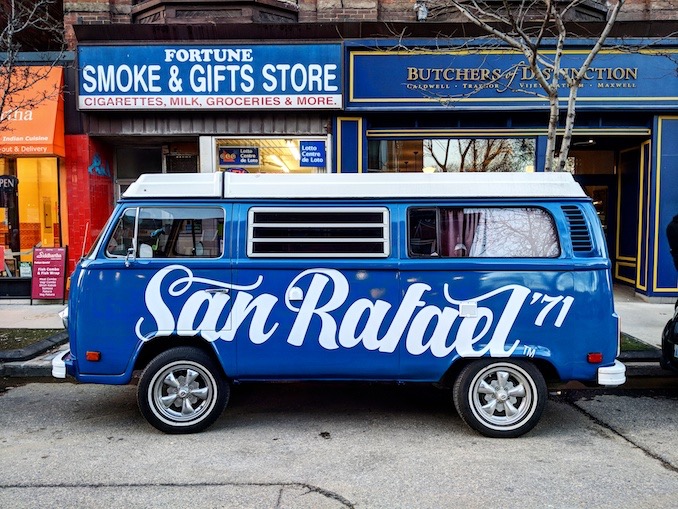

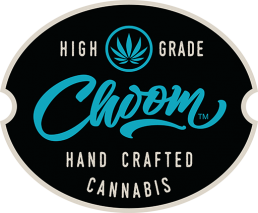
Because many Canadian recreational cannabis brands are so new, it remains to be seen how they develop and differentiate themselves in an increasingly niche-based market. Some LPs have also announced partnerships with established American cannabis brands, the most well known being Marley Natural and Goodship (in partnership with Tilray/High Park). United Greeneries has announced the launch of a premium brand called Royal High, and the more budget-friendly brand Captain’s Choice. Solace Health has launched three new brands including Knuba Naturals, Flaura, and WEEDBx. As these brands are all, *ahem*, brand new, little more than their logos and initial mockups are currently public. I’m curious to see how these more general brands fare in a marketplace already dominated by niche branding.
Changes are also taking place on the medical cannabis branding and packaging front, albeit with a bit less fanfare. Medical cannabis products will need to fall in line with adult-use branding within six months of legalization, and LPs have already begun to respond.
Emblem Cannabis was awarded their initial license back in the summer of 2015, and built an extensive brand narrative around the story of Artemis, the Greek goddess of nature and wilderness. Central to this was the image of Artemis and the deer, which Emblem adopted as their logo. However, the proposed regulations state that LPs may not engage in “promotion that appeals to youth, contains false or misleading statements or depicts people, celebrities, characters or animals.” In response Emblem has begun downplaying the Artemis mark, and has started using a more abstract chevron logo on recent product releases.
Licensed Producers are no longer the only category within the legal cannabis space. As legalization looms, consumer-facing retail brands are beginning to emerge. However, as the vast majority of these brands have yet to be launched we’ll save a discussion of retail cannabis branding until it… actually exists.
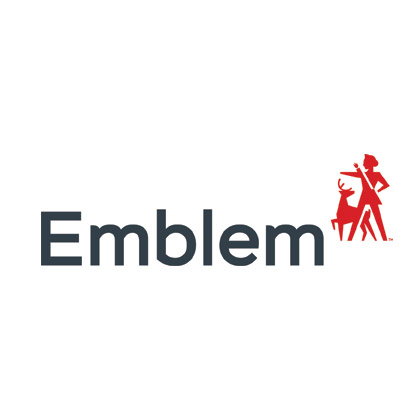
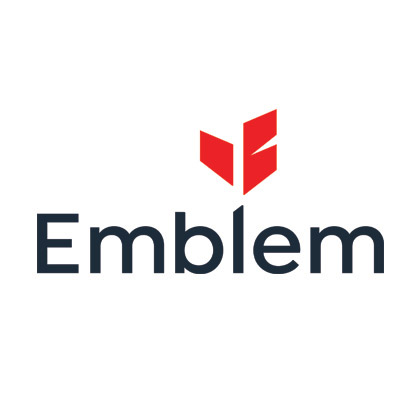

PACKAGING
If you’ve been following the roll out of adult-use cannabis at all recently, you’ll already be familiar with the extremely restrictive packaging regulations that have been proposed. In summary, cannabis packaging will be largely covered by tobacco-esque warning labels, and packages will be restricted to flat colour and very limited branding. Packaging must also be childproof, opaque, and no special printing processes will be permitted (such as embossing and neon/metallic inks, both widely used in packaging design). It isn’t quite the plain packaging that will soon be required of for tobacco, but it’s a far cry from the free reign allowed in the alcohol industry an significantly more restrictive than existing medical packaging regulations.
As branding on cannabis packaging will be so restricted, LPs will need to ensure that their adult-use brands are iconic and immediately recognizable in less than ideal circumstances. When you’re limited to two brand elements and as little as a few square centimetres of space, every decision about a brand mark becomes extremely important. The most critical limitation in this case is that brand marks must be no larger than the required THC symbol, which has a square footprint. Moving forward, we expect to see an uptick in marks designed to maximize that available space. Similarly, because of the visual complexity of a package covered with warning labels, we expect to see a shift towards marks that are bold and iconic rather than more graphically complex.
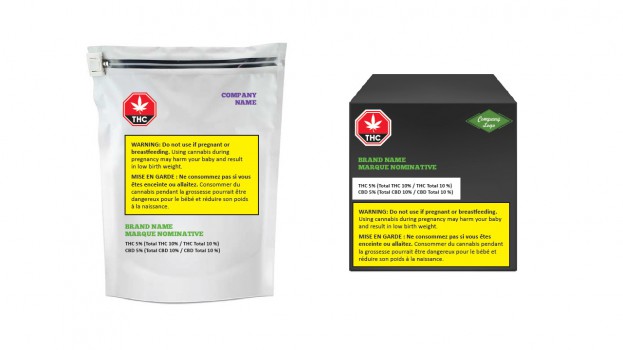
PROMOTION
First off, when I use the term ‘promotion’ in relation to cannabis it should not be misconstrued with the term ‘advertising’. Medical producers in Canada have never been allowed to advertise or make any sort of efficacy claims regarding their products, and moving into adult-use legalization expectations were never high that cannabis advertising would be permitted. Most people, myself included, expected product packaging to do a lot of the heavy lifting when it came to brand recognition and consumer appeal. However, as we just discussed, that will no longer be possible under the regulations as currently proposed.
So, if you have a consumable product that you can’t advertise, and has essentially generic packaging, how do you promote it? So far we’ve seen a few different examples of non-advertising promotion by LPs.
As we mentioned up above, one tactic being used by LPs is to align themselves with celebrities and musicians. This can take the form of a partnership whereby the LP sells celebrity-endorsed products (Leafs by Snoop via Canopy Growth, Marley Natural via Tilray/High Park), or more commonly occurs when celebrities are added to an LPs corporate structure. As I understand it this tactic is essentially a loophole employed to skirt the regulations around promotion and endorsement. The thinking goes, if a celebrity is part of the business they’re not acting as a spokesperson on behalf of the company, but rather discussing a business they have a personal stake in. This is why Gene Simmons isn’t ‘a spokesperson’ for Invictus MD, he’s simply discussing a company he happens to be the CEO of (again, that’s Chief Evangelist Officer, not Chief Executive Officer). A very similar situation has been created between the Tragically Hip and Newstrike. When announced, it was made clear that the “…partnership with the band is not a marketing partnership, this is a business partnership, the band are shareholders in the company.” However, in reality the line is a lot less clear. At the 2018 Lift Conference Up Cannabis (the brand eventually created by the Newstrike/Hip partnership) prominently featured imagery of the group, and screened a Tragically Hip documentary in their lounge.


Also unclear is the way in which celebrity partnership agreements made early in the legalization process might turn out. Organigram announced a partnership with the Trailer Park Boys in 2016 ostensibly leading to the creation of a branded cannabis line. Beleave has announced a similar agreement with Kevin Smith & Jason Mewes (aka. Jay & Silent Bob) to develop branded cannabis strains. No additional information has been made available about either partnership since branding & promotional limitations have been announced.
Ok, so spokespeople have been around since the dawn of time, not exactly groundbreaking. Let’s look at some more innovative examples, shall we?
Medreleaf has taken a more unusual approach with both of their newly launched adult-use brands. In partnership with Toronto’s Amsterdam brewery, San Rafael ‘71 created 4:20 Pale Ale as a way to promote the launch of their brand prior to adult-use legislation taking effect. Measuring up at 4.2% AVB and 42 IBU, 4:20 features “a flavour profile using a unique blend of citrus and summit hops and specialty malts that gives a nod to the cannabis experience” and is currently available via the LCBO in Ontario. In a similar vein, AltaVie has begun selling Cannabis Crunch, a chocolate-coated toffee cookie their marketing material describes as …”our way of introducing new or lapsed consumers to the complexity and depth of cannabis flavours and to build brand awareness.” Like 4:20 Pale Ale, Cannabis Crunch is THC-free and available in 200+ health food and grocery stores at the time of writing.
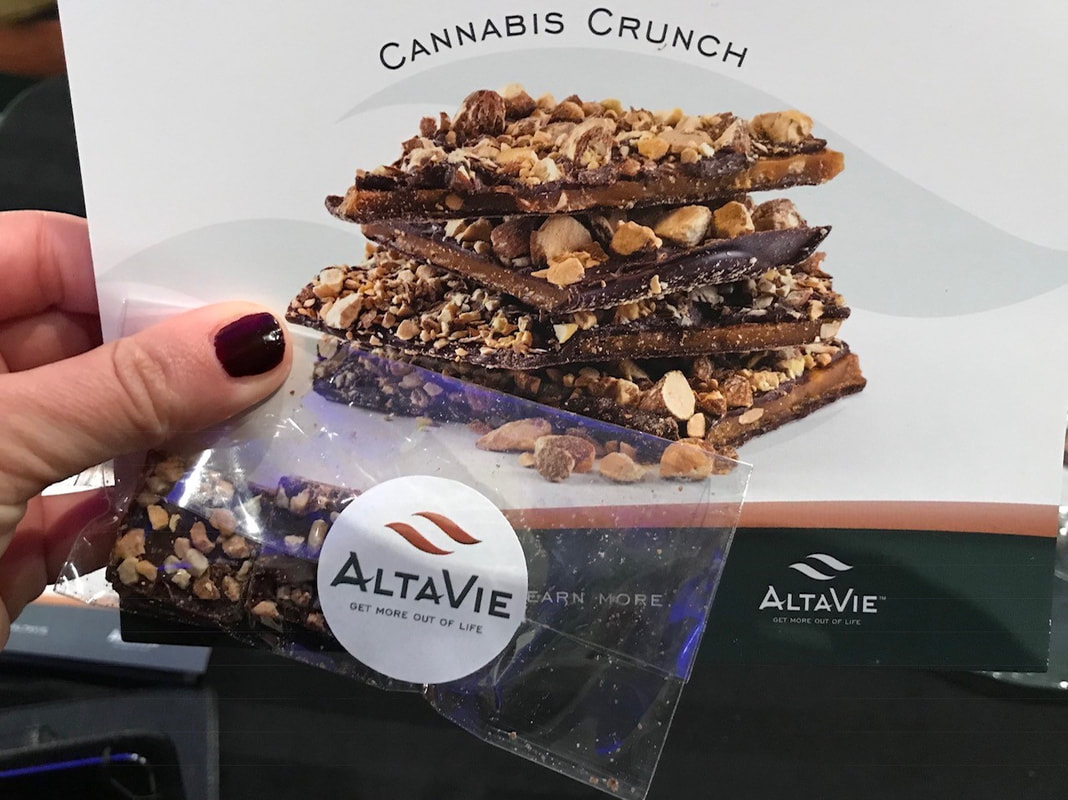
Alright, simulated edibles are admittedly pretty novel, what else is out there? How about a cannabis fashion show? For the 2018 installment of Toronto Men’s Fashion Week Tweed, in collaboration with 18 Canadian designers, showcased their very first fashion collection. Less a traditional fashion collection and more a Project Runway-esque design challenge, each designer was tasked with simultaneously using tweed (lowercase t, the fabric) and incorporating “their interpretation of the essence of the Tweed brand.” The runway show itself was heavily Tweed-branded, and featured an information booth where participants were offered more information about the company and its products. This is the first example of a trend that we expect to see more of in the near future: cannabis brands creating and hosting events that toe the line between collaboration and sponsorship.
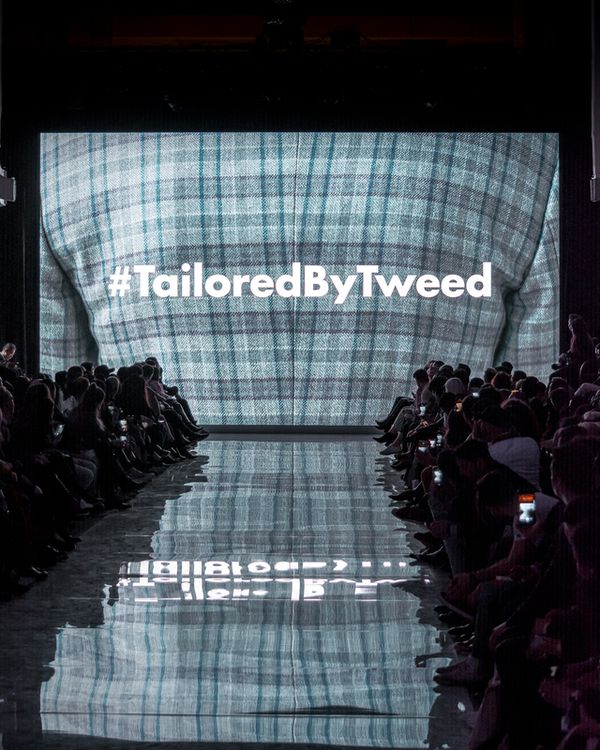
The final promotional tactic we’ve noticed also centers around events. Because cannabis has been prohibited for decades, many people have lived the majority of their lives with little to no exposure to it. Now that medical research is proving the efficacy of cannabinoid therapy, and non-psychoactive compounds like CBD are becoming better understood, interest in cannabis by non-users is at an all time high. Some brands are combining cannabis with a wide range of activities through branded events, the most notable currently being HIKU. HIKU was created through the merger of DOJA Cannabis and Tokyo Smoke, and now also includes adult-use brands VanDerPop & Maitiri, as well as medical brand WeedMD. Both DOJA and Tokyo Smoke opened cafe/cannabis accessory stores in anticipation of eventually being able to stock cannabis products.
In order to promote themselves as cannabis-based brands prior to being able to actually distribute cannabis, both DOJA and Tokyo Smoke have been actively engaging with the larger community by publishing educational content and hosting co-branded events. The educational content is pretty self-explanatory (Sativa vs. Indica, What are terpenes?, etc), however its the collaborative events we find the most interesting. Tokyo Smoke in particular has launched a running group and yoga class in association with Bond Running, and will soon be hosting a panel discussing cannabis and parenting. DOJA is following a similar path in the Okanagan, having hosted a pop-up event for local artisans, and a mother-daughter flower arranging class for mother’s day. While none of these events actually feature cannabis, the fact that cannabis brands (and future retail outlets) are hosting such events directly contributes to de-stigmatization. It also creates a foundation of support in the community, and recasts what would have otherwise been a purely capitalist venture as a pseudo-community space.
MOVING FORWARD
Assuming legalization proceeds as planned, the Canadian cannabis landscape is set to evolve drastically in the near future. If the adult-use space matures similar to the way the medical space did we’ll likely see an immediate flurry of brand launches and new ventures, after which we expect to see a longer period of consolidation among the major players. Once the market has matured we’ll likely be faced with a small number of very large players controlling the majority of the market, with a greater number of small companies carving out a space for themselves within specialized niches. In many ways this mirrors the alcohol industry, where giant corporations like InBev, Molson-Coors, and Anheuser-Busch dominate the market, and a much smaller (but still significant) portion of the market is served by regional craft producers.
Looking at the history of alcohol regulation in Canada also gives us hope for the future of cannabis packaging regulations. During prohibition, pharmacists “…were legally allowed to dispense “medicinal liquor” to people who had a note from the doctor. There were epidemics of illnesses leading up to every major holiday and the medicine, reportedly, tasted suspiciously similar to French brandy or Scotch whisky.”. Hmm… that system sounds AWFULLY familiar. Almost exactly a hundred years later we’re at the exact same point with cannabis as we were with alcohol immediately post-prohibition. Once legal cannabis is as familiar and commonplace as alcohol (and arguably much less problematic), regulations around packaging and promotion will inevitably be relaxed. We do hope, however, that it won’t take quite as long for Canadians to adopt a more common-sense approach to cannabis as it did with alcohol. Although alcohol prohibition was repealed in the 1920’s, it took decades for retail regulations to evolve.

If Canada’s nascent adult-use cannabis sector continues to be treated to the same sort of heavy-handed regulations we’re seeing now, not only will it be unlikely that the black market will be eliminated, but Canada will risk squandering a unique opportunity in regards to tourism and economic growth.
– THE END –
INQUIRE
Careers
[email protected]
+1 604 910 7160
- By Appointment Only
15b Commercial St.
Nanaimo, BC
Canada, V9R 5G3
NEWSLETTER
FINEPRINT

